
You’ve probably heard the headlines: “Tupperware is dead.” When the iconic food storage company filed for bankruptcy in September 2024, many saw it as the end of an era for those colorful containers that shaped kitchen culture for decades. It seemed like a familiar story, another legacy brand crushed by digital disruption, shifting consumer habits, and mounting debt.
But here’s what the obituary writers missed: Tupperware never actually died. While creditors took control and operations shrank, the brand was quietly rebuilt with what insiders call a “startup mentality.”
By early 2025, French entrepreneur Cédric Meston acquired Tupperware France and planned a European revival, while new owners breathed life into key markets with a fresh approach. This comeback isn’t just happening, it’s redefining brand resurrection in today’s economy.
Nostalgia Becomes a Priceless Asset

While many questioned Tupperware’s relevance, a major cultural shift was quietly gaining momentum. In 2025, nostalgia marketing surged as brands found Gen Z willing to pay 10 to 15 percent more for genuine vintage experiences. Online searches for Easter chocolate eggs jumped 43.2 percent, and sales grew 26.8 percent as nostalgic themes took hold.
Tupperware’s bankruptcy came at a perfect moment, just as “rewind culture” peaked. In a world overwhelmed by digital noise and economic uncertainty, consumers seek comfort in familiar brands.
Cédric Meston, leading the French revival, isn’t just selling containers, he’s offering memories of family, order, and products built to last. This deep emotional bond fuels loyalty that startups spend millions to replicate.
The Sustainability Twist Saving Tupperware
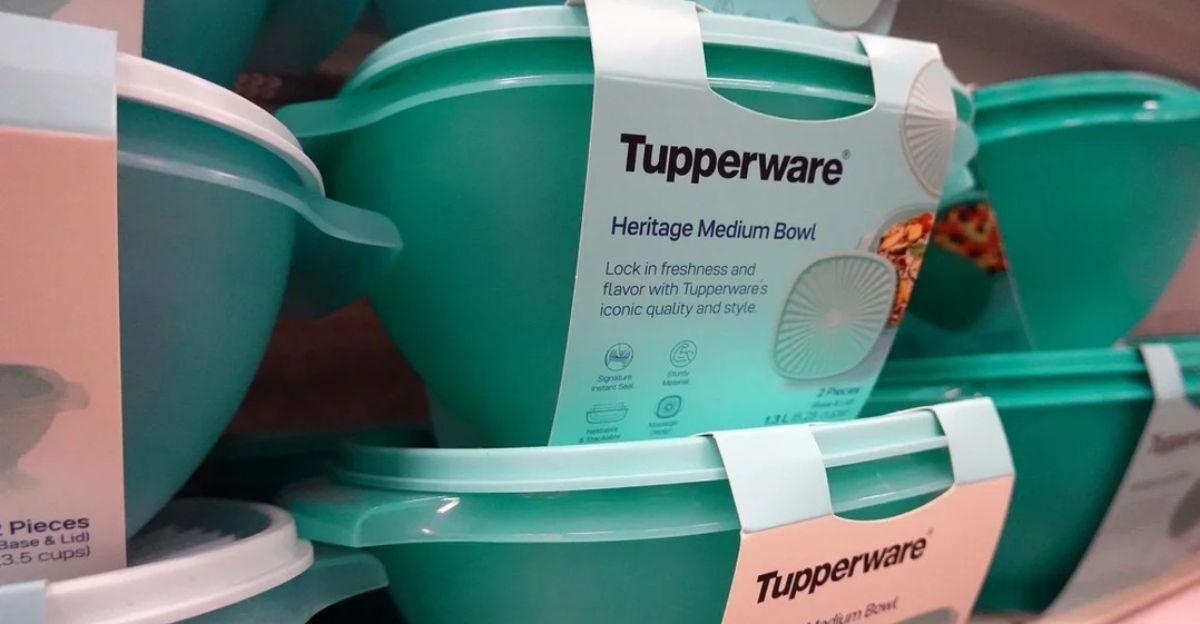
The environmental backlash against plastic, once seen as Tupperware’s downfall, is now its unexpected lifeline. While single-use plastics face bans, durable reusable containers are praised as sustainable heroes. The global glass container market grows 3.4% annually, but glass is heavy, fragile, and energy-intensive to produce.
Tupperware’s long-lasting products, designed to reduce food waste, align perfectly with today’s sustainability goals. Its “No Time to Waste” initiative pledges to cut plastic and food waste by 2025, positioning the brand as part of the solution.
Smart consumers now see one quality plastic container as better than hundreds of disposables. The very narrative that once threatened legacy plastic brands has become their salvation, if durability and purpose are proven.
TikTok Turns Organization Into an Art Form
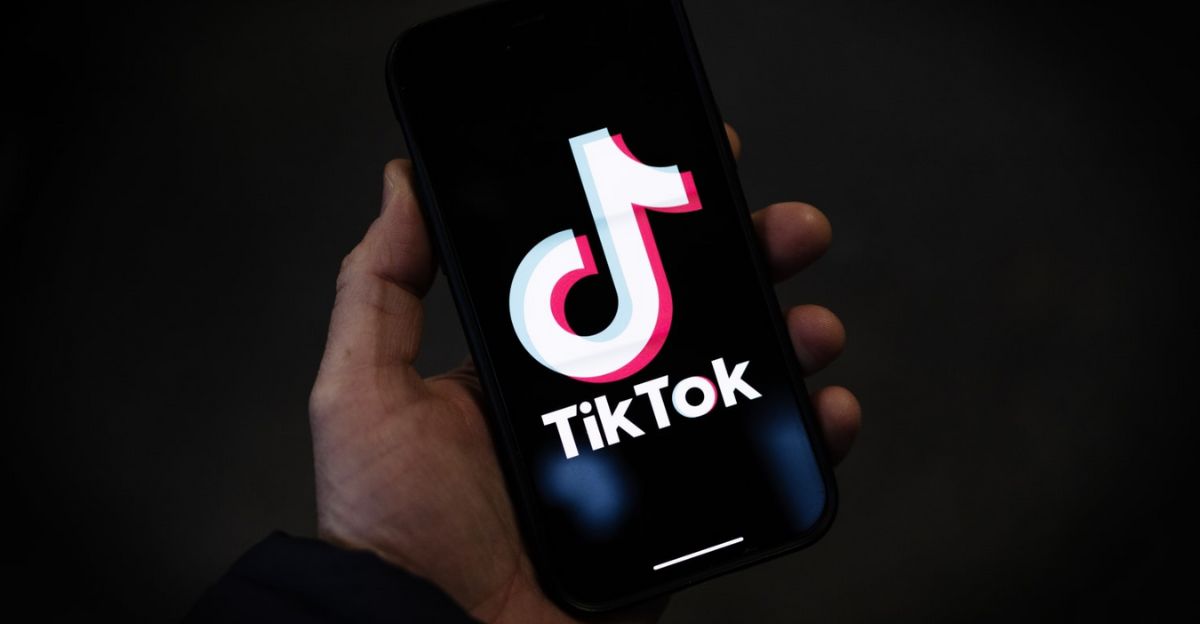
Spend five minutes on TikTok and you’ll see why Tupperware’s revival fits perfectly. Meal prep content has exploded, with Gen Z turning kitchen organization into performance art. The trend is about more than function, it’s identity. Young people obsess over neatly arranged fridges, color-coded containers, and Instagram-worthy meal prep setups. They value both sustainability and style, making quality storage a lifestyle must-have.
The global food storage container market is projected to reach over $16 billion by 2025, fueled by busy, health-conscious consumers. Tupperware’s comeback aligns with this cultural moment, moving from suburban home parties to social media influencers who blend practicality with aspiration.
Startup Mentality Drives the Revival
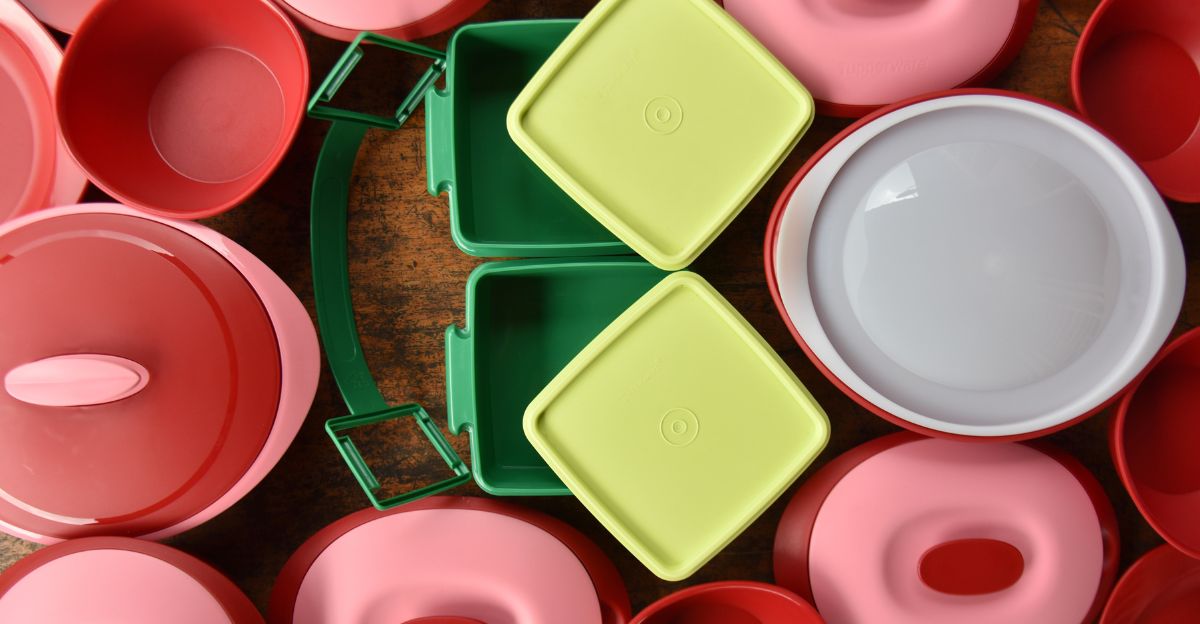
The most striking part of Tupperware’s comeback isn’t nostalgia or social buzz, it’s how the company has reinvented itself operationally. New owners treat it like a tech startup rather than a traditional manufacturer, embracing asset-light models, digital-first strategies, and agile decisions.
They focus on core markets; the U.S., Canada, Mexico, Brazil, China, Korea, India, and Malaysia, instead of trying to be global overnight. This mirrors digital transformation success stories like Netflix and Amazon, where speed, flexibility, and customer focus replaced old corporate habits.
For Tupperware, that means leveraging tech for customer relations, streamlining supply chains, and treating market entries like product launches rather than expansions.
Traditional Retail’s Decline Opens New Doors
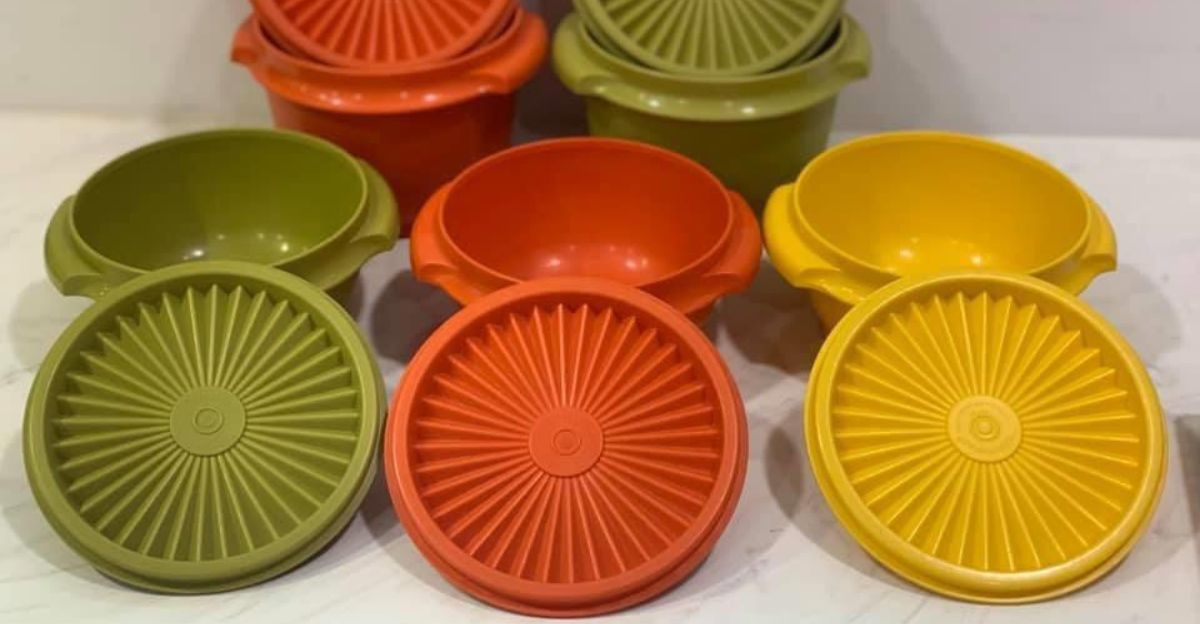
Tupperware’s old direct sales model, the home parties that were once mocked, now looks ahead of its time. As retail faces rising rents and online competition, social selling is booming.
According to multiple industry studies, including LinkedIn and Forbes, salespeople who use social selling have consistently outperformed their peers by up to 78%, a trend that remains relevant in 2025. Companies with social selling strategies see deals up to 48% larger on average. The pandemic accelerated the shift to buying from individuals rather than corporations.
Tupperware’s hundreds of thousands of independent sales reps worldwide form a distribution network few companies can match. The party plan, once seen as outdated, now fits modern consumers’ hunger for authentic relationships and personal experiences. The comeback plans to digitize this approach, blending home-party intimacy with social media’s broad reach
Europe and Latin America Hold the Key
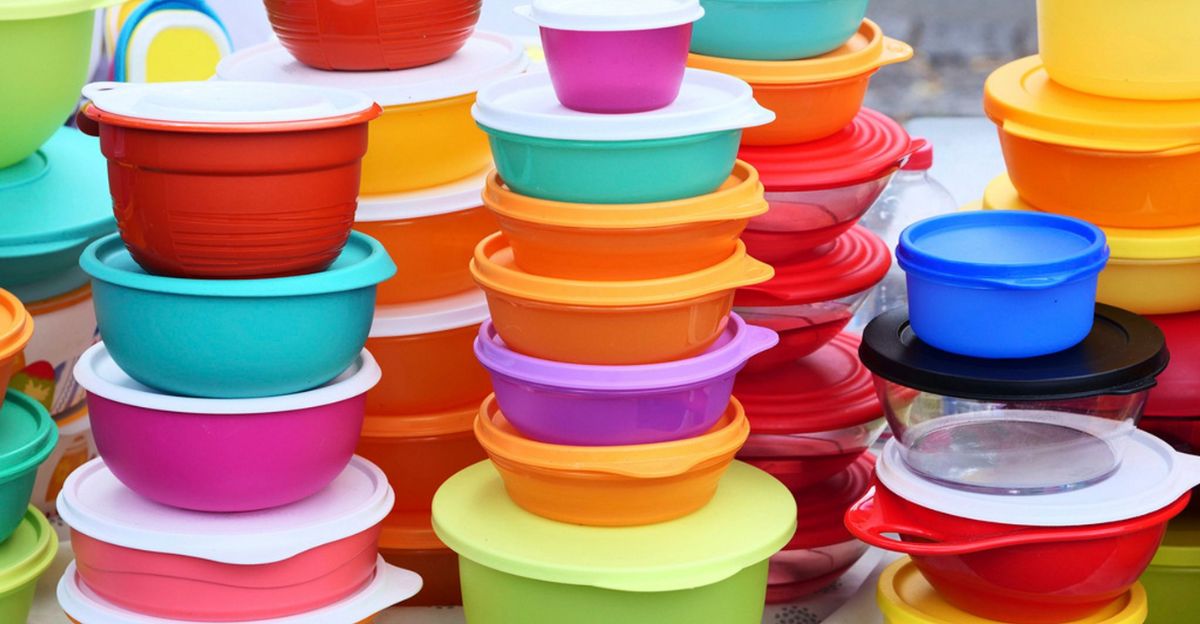
While U.S. headlines focused on Tupperware’s struggles, the real growth was international. French entrepreneur Meston targets Europe, where brand loyalty is stronger and cheap alternatives fewer. Latin America, Tupperware’s biggest revenue source, thrives on direct sales culture, and plastic alternatives are pricey. This geographic focus shows a deep grasp of cultural differences in brand value and shopping habits.
In emerging markets, Tupperware represents aspiration rather than nostalgia. The comeback prioritizes these receptive regions first, building momentum before tackling tougher markets. The European relaunch aims for €100 million revenue by 2025’s end, proving that smart geographic targeting accelerates recovery.
Scarcity Sparks New Demand
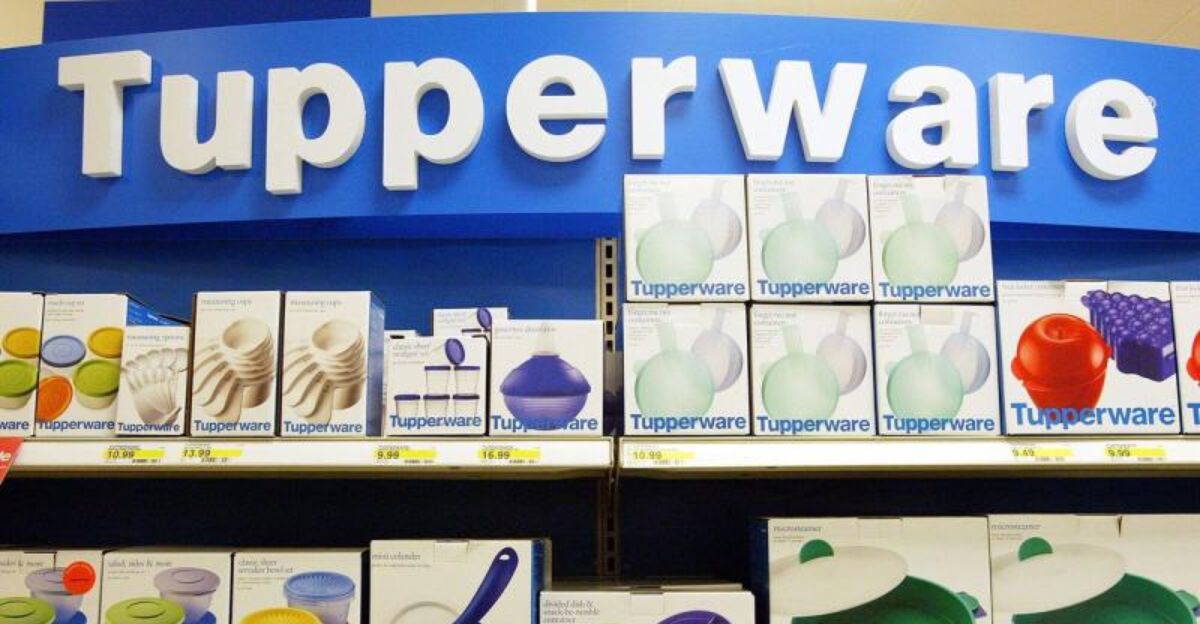
A surprising truth: Tupperware’s near-collapse boosted its appeal. Scarcity psychology says when something rare or endangered, desire grows. Vintage shopping shows people love owning unique items with stories. Bankruptcy created artificial scarcity, containers in kitchens became collectible.
The revival leans into this, marketing Tupperware as a heritage brand making a limited, exclusive comeback, not just a mass-market product. Meston calls it “not just a comeback, it’s a new beginning,” stressing exclusivity and renewal. Limited releases and exclusive markets keep Tupperware feeling special. This scarcity angle turns bankruptcy from weakness into a powerful marketing tool.
Technology Breathes New Life Into Old Models

The new Tupperware isn’t just better plastic, it’s better tech. Direct sales now use AI for lead generation, CRM for customer management, and gamification to keep distributors engaged. These tools fix old problems like poor prospecting, weak follow-up, and distributor churn. Social selling stats show 75% of B2B buyers use social media to guide purchases.
Tupperware’s revival embraces data analytics, automated outreach, and mobile-first experiences. The party plan works best when technology enhances human connections, not replaces them. This blend of personal touch and digital efficiency creates advantages online-only retailers lack. Tech integration is a big reason investors back Tupperware’s modern comeback.
The Bigger Picture—What Tupperware’s Resurrection Means

Tupperware’s revival is bigger than one brand’s turnaround. It’s a blueprint for how legacy companies can survive disruption by blending nostalgia, sustainability, social media savvy, and operational innovation.
This story challenges old ideas about corporate death, showing bankruptcy can be a transformation, not an end. It signals a shift toward authenticity, heritage, and genuine usefulness over flashy innovation or venture capital hype.
As economic uncertainty and digital fatigue grow, consumers increasingly value brands with emotional ties and real value. Tupperware’s comeback isn’t just about plastic containers—it shows some old things never truly disappear. They just wait for the right moment to become essential again.
